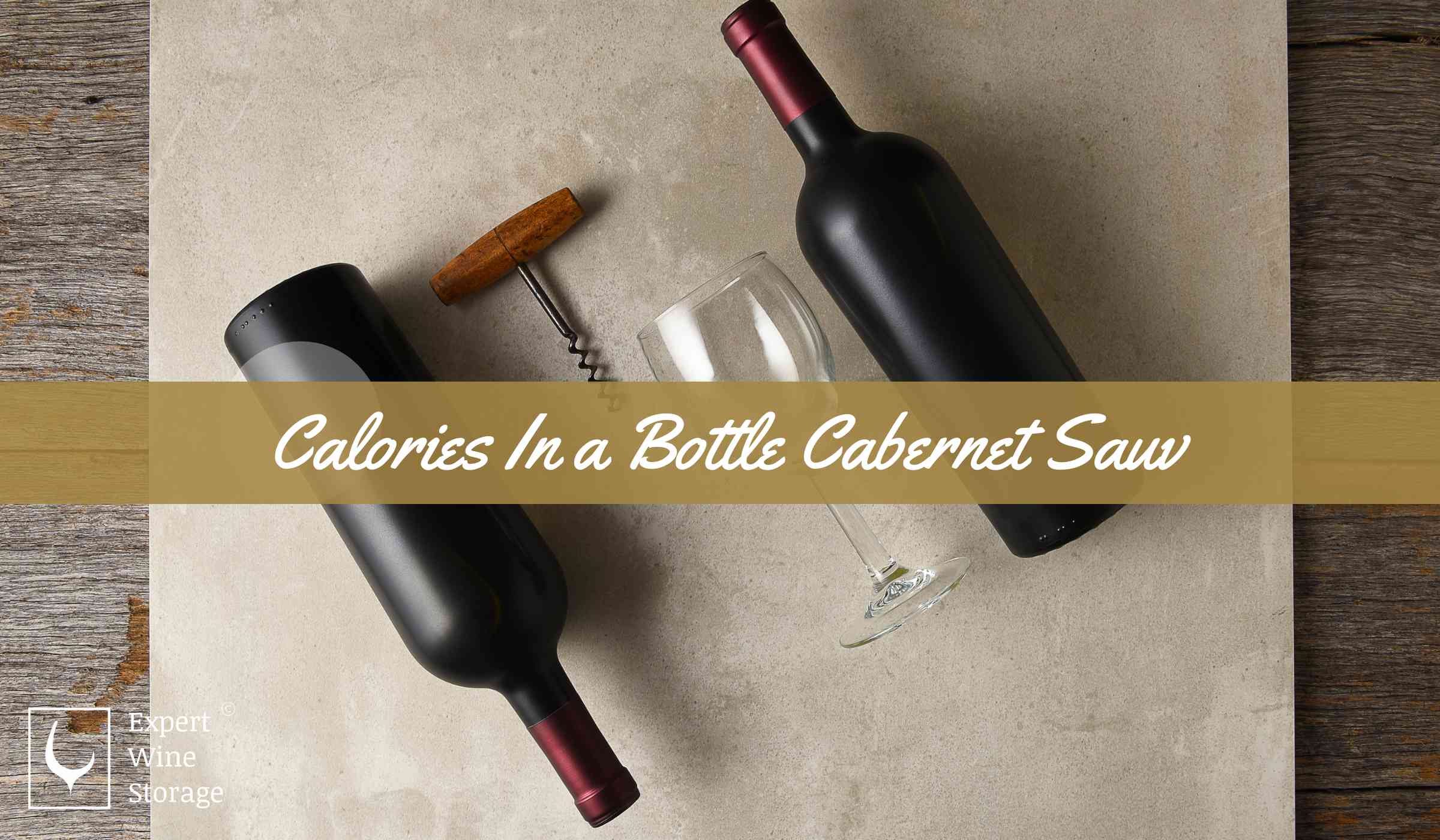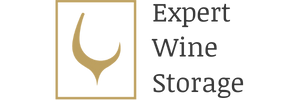A 125ml serving of Cabernet Sauvignon has around 80 - 130 calories and less than 4 carbs, so it is one of the best low-calorie red wines for those following a calorie-controlled diet.
It contains less sugar than many alternatives, such as zinfandel and Burgundy, and contrary to popular belief has a calorie content similar to many white wines.
Here's a break down of popular serving sizes of cab sav and the typical calories they contain:
- 125ml small glass is approximately 80 calories
- 175ml large glass is approximately 133 calories
- 750ml bottle is approximately 610 calories
Here's the calorie content in some popular Cab Sav pours (per 5oz glass):
- Barefoot Cabernet Sauvignon, California, USA: 122
- Stags Leap, Napa Valley, USA: 125
- Horse Heaven Hills, Washington, USA: 130
- Mind and Body, California, USA: 90
- Klean Cabernet Sauvignon, California, USA: 85
Calories in a Glass of Cabernet Sauvignon (175ml)

An 175ml glass of Cabernet Sauvignon contains around 133 calories, with a calorie breakdown of 0% fat, 3% protein, and 97% carbs.
Calories in a Glass of Cabernet Sauvignon (250ml)
A large 250ml glass of Cabernet Sauvignon contains around 211 calories.
Calories in a Bottle of Cabernet Sauvignon (750ml)

As a low-sugar, low-calorie red wine, a 750ml bottle of Cabernet Sauvignon contains just 610 calories.
Where Do Cabernet Sauvignon Calories Come From?
Cabernet Sauvignon red wines get their calorie content from sugar and alcohol.
Calories from Sugar
During fermentation, winemakers add yeast to the grapes to convert the sugar found naturally in grape juice into alcohol, with carbon dioxide as a by-product.
If the winemaker halts the fermentation process before the yeast has consumed all the sugar, a small amount of residual sugar is left behind.
This residual sugar impacts the sweetness, carbohydrate content, and calorie count of the red wine produced. Each gram of sugar contains approximately four calories.
Calories from Alcohol
The alcohol content of Cabernet Sauvignon red wines is also determined during fermentation, and each gram of pure alcohol contains approximately 7 calories.
As a result, wines with a high alcohol content of 14% ABV and higher are more calorific than those with lower alcohol by volume counts.
If you are following a calorie-controlled diet, choose a dry Cabernet Sauvignon red wine with an ABV of 10-12%.
It will have fewer calories and sugar than the high-ABV alternatives but will still deliver an intense fruity flavour.
Cabernet Sauvignon Nutrition Facts
Cabernet Sauvignon reds wines have a typical alcohol by volume content of 9%-15% ABV, with an average of 13.5%.
They are rich in brain-friendly resevratrol, heart-healthy flavonoids and contain traces of essential minerals, such as iron, manganese, magnesium, phosphorus, and potassium.
Here is the nutrition profile of a standard 125ml glass of Cabernet Sauvignon wine:
- Total carbohydrate: 3.8g
- Dietary fibre: 0g
- Sugar: 0g
- Protein: 0.1g
- Sodium 0mg
- Potassium: 0mg
- Saturated fat: 0g
Related Cabernet Sauvignon articles:
Best Low Calorie Wines
If you are following a low-calorie diet but find it hard to give up a glass of red wine in the evening, you need to shop for low-sugar, low-alcohol wines or alternatives such as white wines and brut Champagnes. Here are some interesting facts:
- Dry wines have less residual sugar than medium or sweet wines, and as such, they are lower in calories.
- While some white wines have few calories than red wines, you should not automatically assume that white wine is the best option. Read and compare labels. You might be surprised to learn that some red wines have less sugar and calories than white.
- Port wines and dessert wines are full of sugar and calories. You should avoid these if you are trying to lower your calorie intake and save them for special occasions.
- Brut Champagnes and dry sparkling wines have the least calories, so if in doubt, pop a cork, but make sure it's dry.
Heres a list of some popular wine varieties and the calories for a typical 5 ounce glass:
- Red Wines: Pinot Noir (120), Pinot Grigio (122)
- White Wines: Chardonnay (120), Sauvignon Blanc (119), Chenin Blanc (120)
- Sparkling Wine: Brut Champagne (95), Prosecco (90)
- Rose Wines: Sangiovese (126), Syrah (122)
How Much Wine Can I Drink Per Day?
According to NHS guidelines, you should drink no more than 14 units of alcohol per week.
A 175ml glass of wine is equivalent to 2.3 units of alcohol, so you are looking at just over six medium-sized glasses per week.
Go for a slightly smaller 150ml measure, and you can indulge every day!
Before You Go...

We hope you enjoyed our article on the calories in Cabernet Sauvignon.
If you have any questions, leave them in the comments, or email us at info@expertwinestorage.co.uk
You can browse more posts on Wine Types here.



 Author:
Author:
Leave a comment (all fields required)